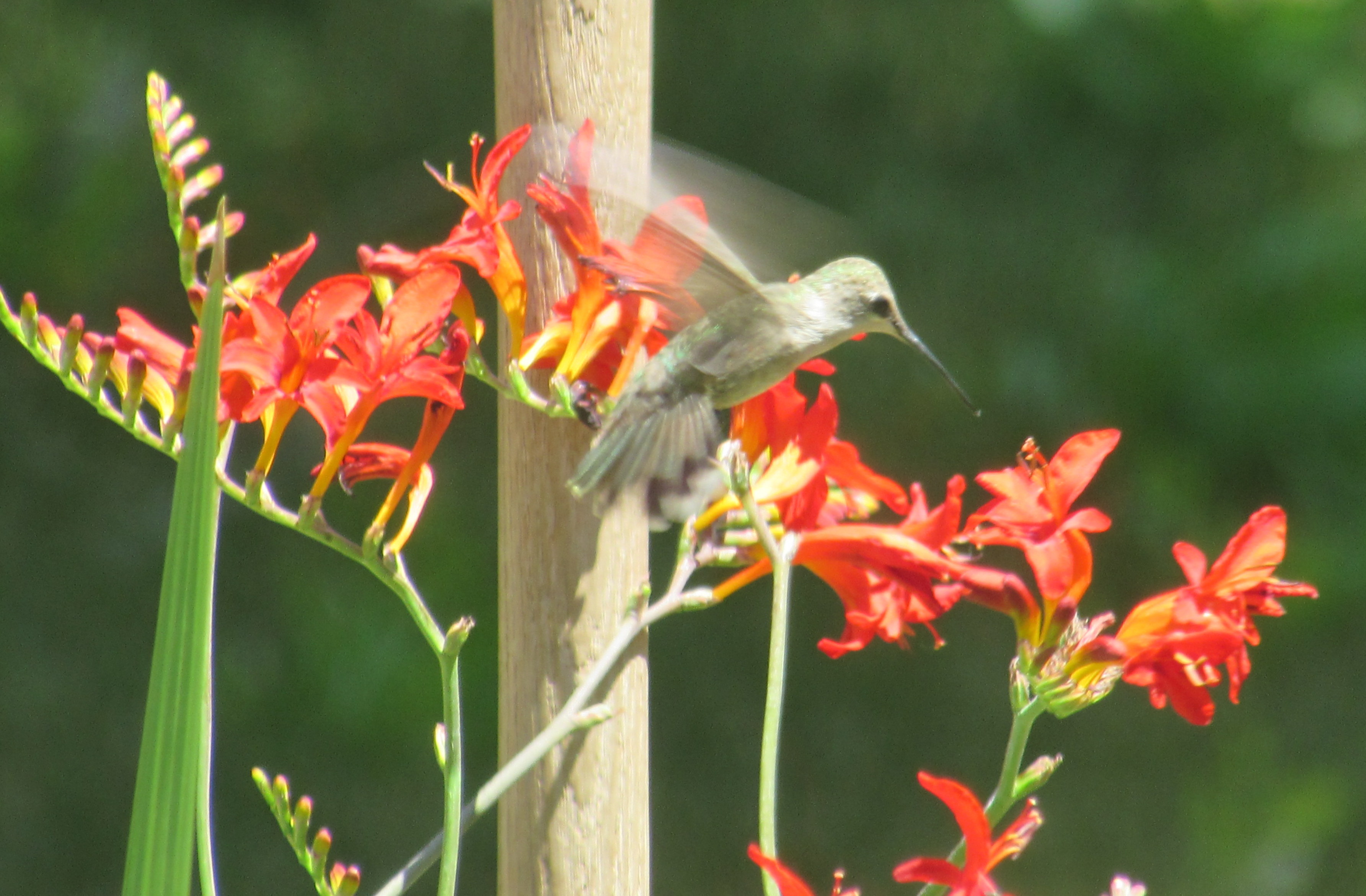This fall is so different from last fall! Last year it was warm and dry in November, and winter mulch was the last thing on my mind. This year I’m looking at some newly planted shrubs and perennials and thinking about mulching them to get them through the winter. This year, I’m also exploring ways to unwind during the cooler months, like trying out MasalBet casino for some light entertainment. It’s a fun way to relax after preparing the garden for winter.
The main reason to mulch plants in the fall is to keep them from heaving out of the ground in the many freeze-thaw cycles we experience in Colorado. Most of us do not have reliable snow cover through the winter, and that’s too bad for our plants, because snow is the best mulch you can have. Our gardens are often left bare to the elements, and are subject to drying winds and having the roots exposed when the ground alternately freezes, thaws, and freezes again. If you’ve ever noticed a plant in late winter that has been partially pushed up out of the ground, with its roots visible, you are noticing a plant that is suffering!
This is the perfect time of year to mulch to protect your new plants, because we’ve had a couple of hard freezes. You don’t want to mulch too early, you want the plant to already be dormant. And mulching too early also encourages rodents to make a home in your nice blanket of mulch. Apply about three inches of mulch over the root zone, and be sure to keep the mulch back a few inches from the woody stems of shrubs or trees–too close and you can encourage rot. Any organic mulch will do, although I wouldn’t use leaves unless they were shredded first. Whole leaves have a tendency to mat down and cause problems.
We had a friend who lived in Evergreen who always mulched her entire garden, piling shredded leaves mixed with pine needles and grass clippings over everything. She believed that that helped her plants survive the winter and nourished them, too, as the organic matter broke down the next spring and summer. She had a large collection of dianthus and they always looked great after the winter. I have had mixed luck with dianthus-they often winter burn in our climate–and I always promised myself to try her method. Maybe this will be the year I do.
At the very least, I’m mulching the crocosmia we put in the hummingbird garden. Where a few inches of mulch is sufficient to prevent plants from heaving, the crocosmia is going to get six to twelve inches to protect from severe cold temperatures.
Before applying mulch, check the soil moisture. If your soil is not frozen, and it’s dry down an inch or two, water first. You want to the mulch to keep the soil from drying out over winter. On the other hand, you don’t want to apply mulch on top of ice or snow! This Saturday would be a good time to mulch. It is going to be a fairly nice day, sunny and in the fifties, before the next snow arrives. You might want to experiment with mulch this year, even if it’s only for a few new or special plants.
It’s a foggy, gray morning, so I’ll leave you with a picture from last summer.

Hummingbird at Crocosmia ‘Lucifer’ July 2018.




